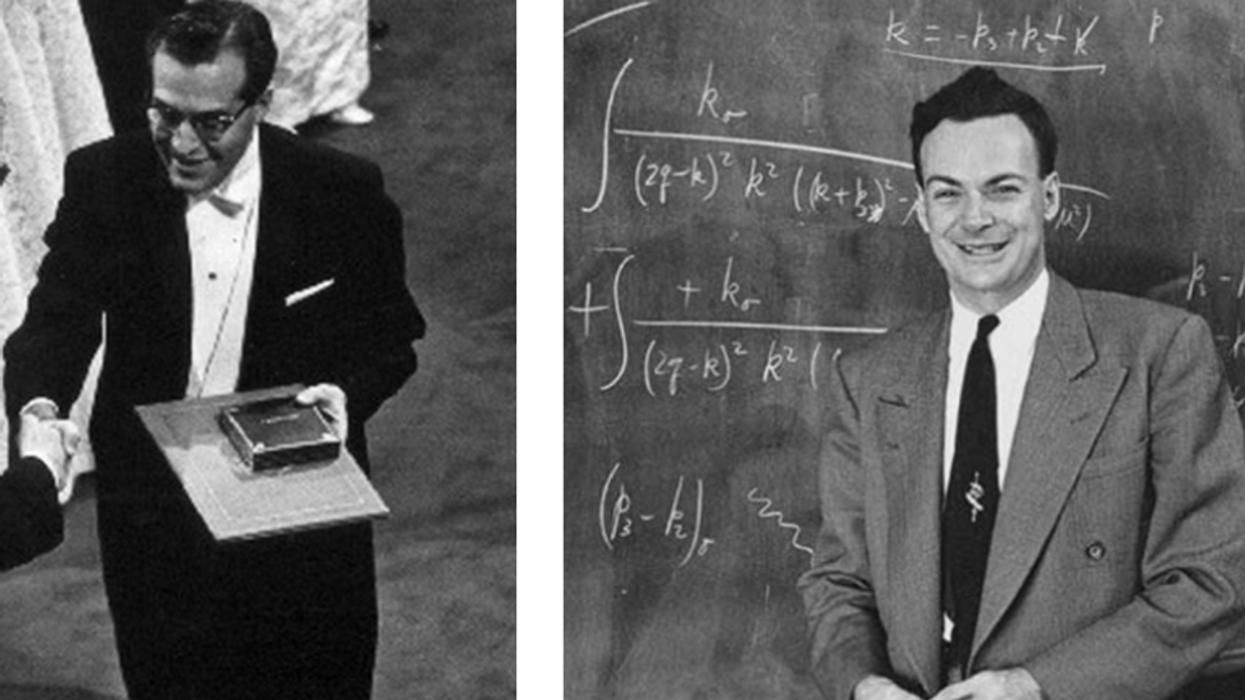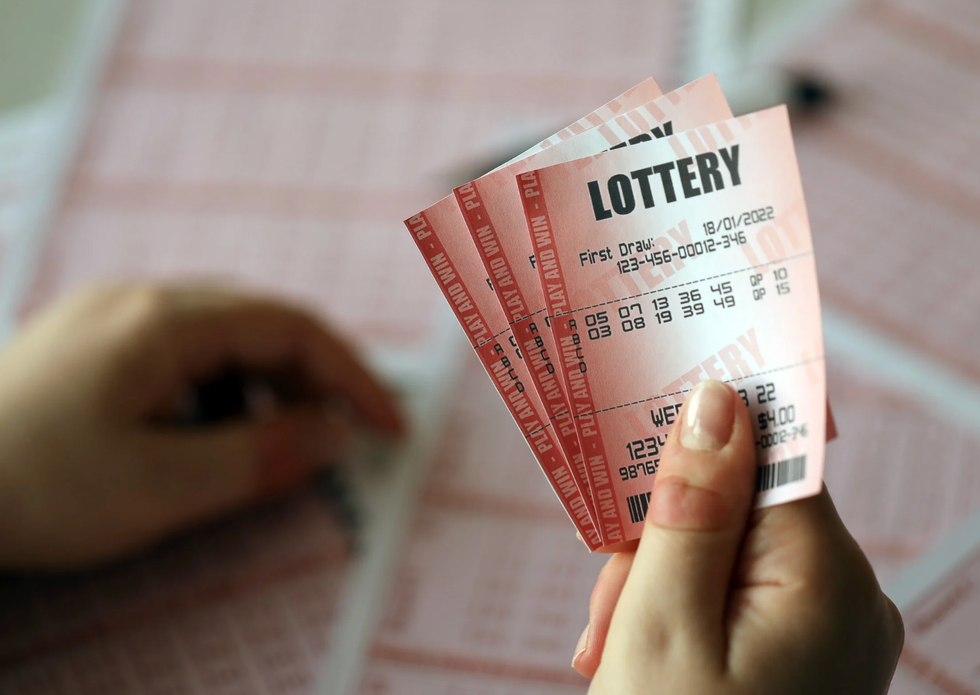Only 17% of people can pass this 3-question IQ test on the first try. Can you?
Developed by a Yale professor, this simple test reveals a lot about how you think—and only 17% of people get it right.

A woman writes on a chalkboard
Canva
Adam Albright Hanna
GOOD Staff





 Woman sits in front of her computer thinkingCanva
Woman sits in front of her computer thinkingCanva Woman proudly shows testy resultsCanva
Woman proudly shows testy resultsCanva An artistic representation of the brainCanva
An artistic representation of the brainCanva










 A hand holds multiple lottery ticketsCanva
A hand holds multiple lottery ticketsCanva Hundred dollar bills spread outCanva
Hundred dollar bills spread outCanva
 A subterranean waterfallCanva
A subterranean waterfallCanva
 A road near equatorial Atlantic OceanCanva
A road near equatorial Atlantic OceanCanva Waves crash against rocksCanva
Waves crash against rocksCanva
 Two people study a mapCanva
Two people study a mapCanva Foggy Chinese villageCanva
Foggy Chinese villageCanva

 An excerpt of the faxCanva
An excerpt of the faxCanva
 Robert Redford advocating against the demolition of Santa Monica Pier while filming "The Sting" 1973
Robert Redford advocating against the demolition of Santa Monica Pier while filming "The Sting" 1973
 Image artifacts (diffraction spikes and vertical streaks) appearing in a CCD image of a major solar flare due to the excess incident radiation
Image artifacts (diffraction spikes and vertical streaks) appearing in a CCD image of a major solar flare due to the excess incident radiation